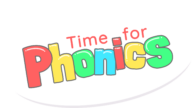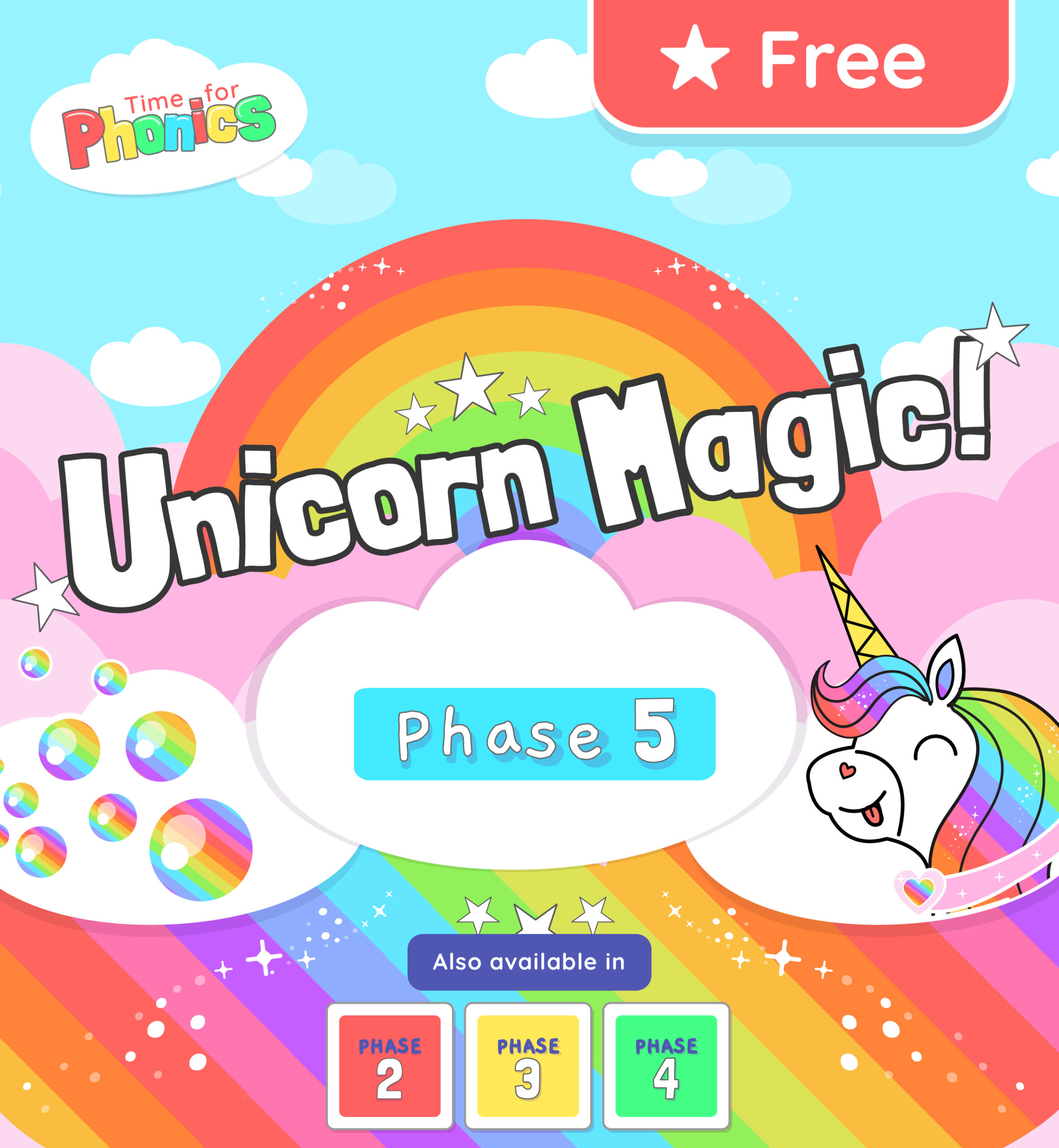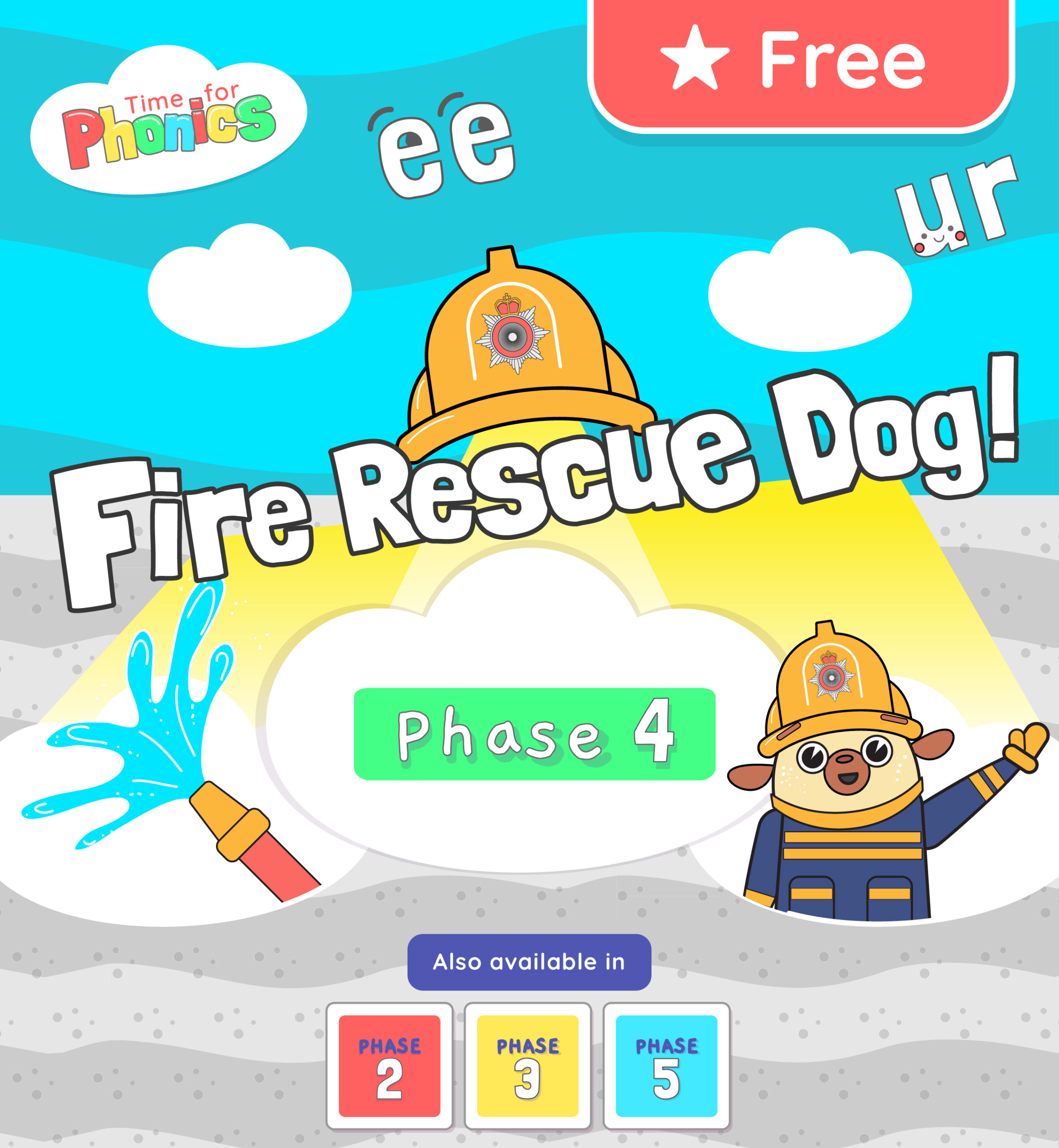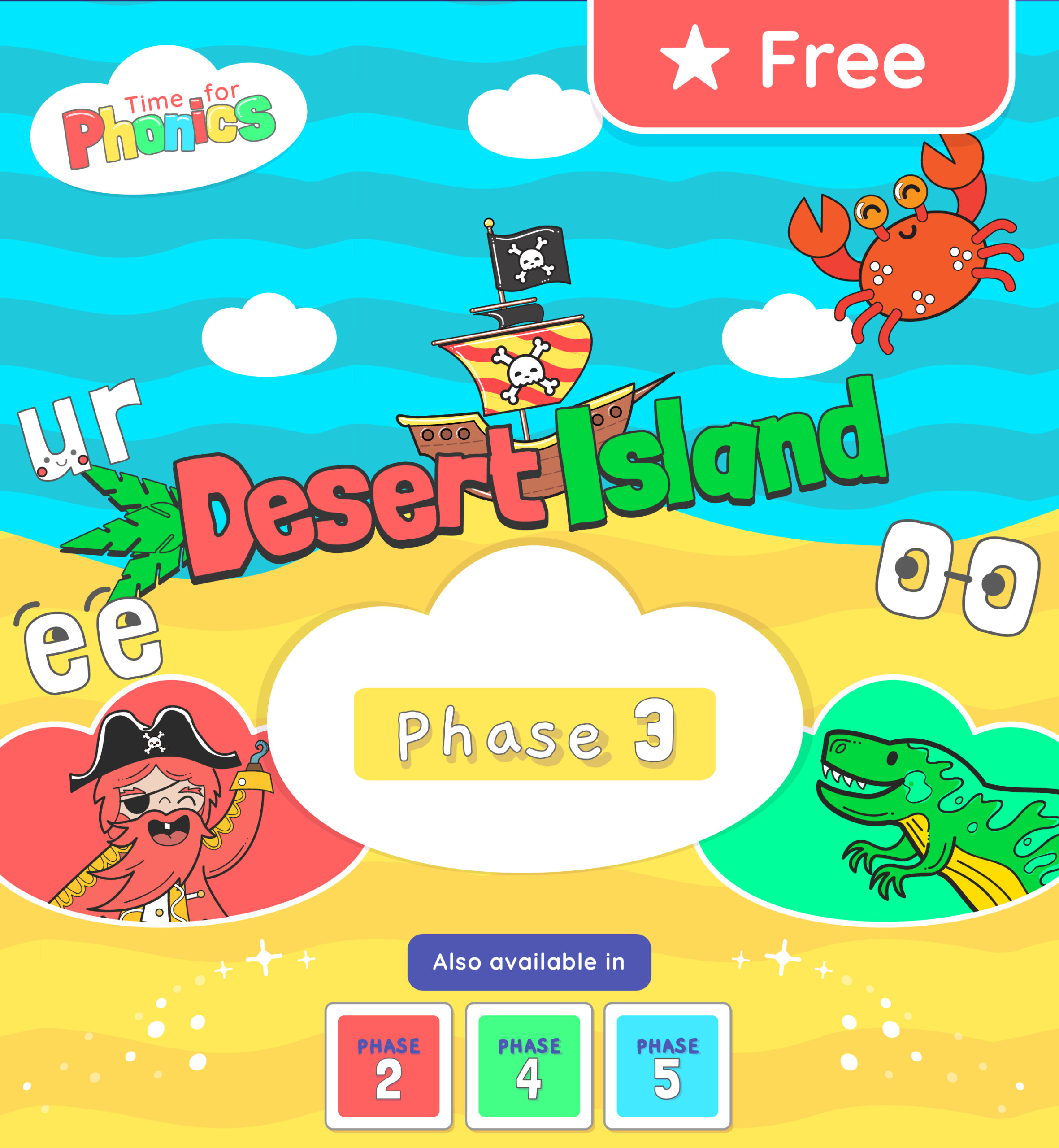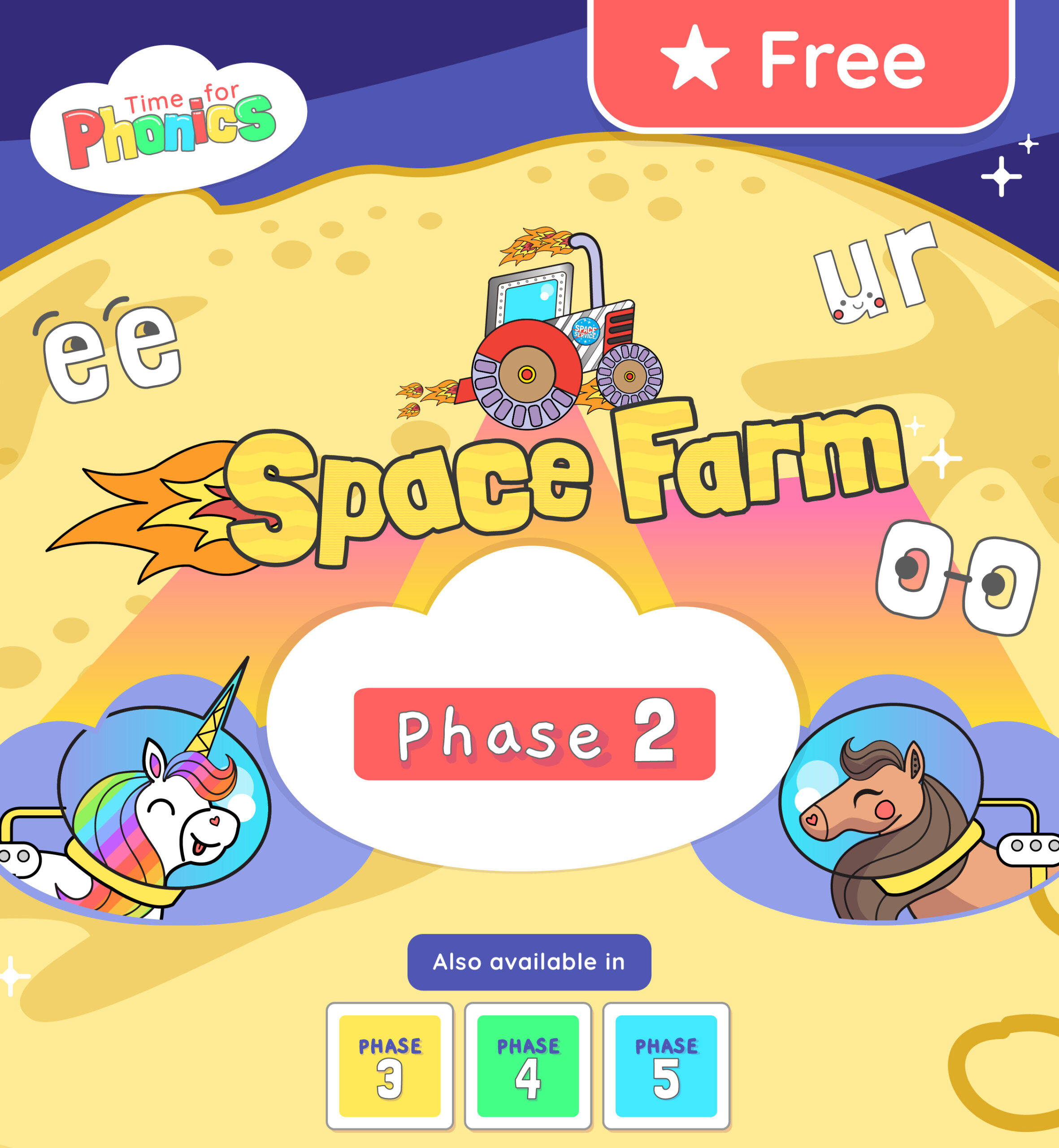How to continue with phase 1
There is no time limit or requirement for how long should be spent in phase 1 of phonics. Our scheme takes you through the first 10 weeks but the games and ideas included can easily be spread out to encompass an entire year of learning.
Remember that there is no requirement to introduce written letters (graphemes) or words during phase 1. Some children may show an interest in these, and if so, you can support and scaffold learning as appropriate.
We recommend following phase 1 of our phonics scheme until the end of the nursery year and waiting until children are in Reception before introducing phase 2. Phase 1 is full of essential skills that children must develop before they can begin to tackle reading and writing. Understanding rhythm and rhyme and alliteration, being able to distinguish between sounds and orally segment and blend are all vitally important steps in the journey to becoming confident and competent readers and writers.
In addition to our daily plans, here are some of our ideas and tips for introducing phase 1 phonics through play and in your environment.
On the carpet
-
- Take the opportunity to have quiet circle time with a small group of children. Teach them how to be attentive listeners by reminding them to listen to others and take turns to talk. Make sure that you choose a quiet environment for circle time so that children are able to focus and concentrate.
- Read a wide variety of books to children, including poetry and non-fiction books. Rhyming books or books containing lots of sounds eg. the ‘swish, swash’ of water or the ‘brum bruh’ of a car will provide excellent opportunities for participation and learning.
- Sing songs every day. Familiar songs and nursery rhymes will allow children to build confidence and join in.
- Make up silly nonsense rhymes using children’s own names and alliterative sentences during carpet time (when going to line up or getting ready for lunch) and in play.
- Speak in silly voices, encouraging children to copy and join in.
In play
-
- Join in with children as they play and promote rich language development. Introduce new vocabulary and encourage them to make sounds as they play - the ‘nee naw’ of a siren or the ‘moo’ of a cow.
- Encourage children to use the junk modelling or craft area to make their own own musical instruments.
- Encourage children to use language to extend their learning and ask questions by modelling as you play alongside them. “What does it feel like?” “What noise does it make?” “What would you do with it?” “I wonder what/how/where/why...”
- Use the outdoor area as much as possible to encourage children to explore different ways of making sounds and provide them with opportunities to listen to different environmental sounds.
- Provide opportunities for gross motor movement and large-scale mark making. For example: climbing, ribbon dancing and chalk drawings on the floor.
- Encourage children to use sounds as they play, such as ‘drip’, ‘bubble bubble’, ‘splosh’ as they explore the water tray.
- Act out familiar stories alongside the children.
In the environment
- Provide the resources used in your group sessions for children to use independently during their play. This will help them to consolidate learning.
- Provide animals and puppets in your environment. Encourage the children to experiment with the sounds the animals make as they play. Don’t just think about the traditional ‘woof woof’ of a dog, but explore other sounds too: ‘ark ark’, ‘wauw wauw’, ‘owooo’.
- Provide instruments in your continuous provision so that children have the opportunity to experiment with making and listening to different sounds.
- Provide a wide variety of books in the book corner, including: picture books, familiar stories, fiction, non-fiction and poetry.
Download the full guide below!

For full access to our phonics programme, games and resources
Phase 1 - Phase 1 Continuation Guide
